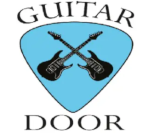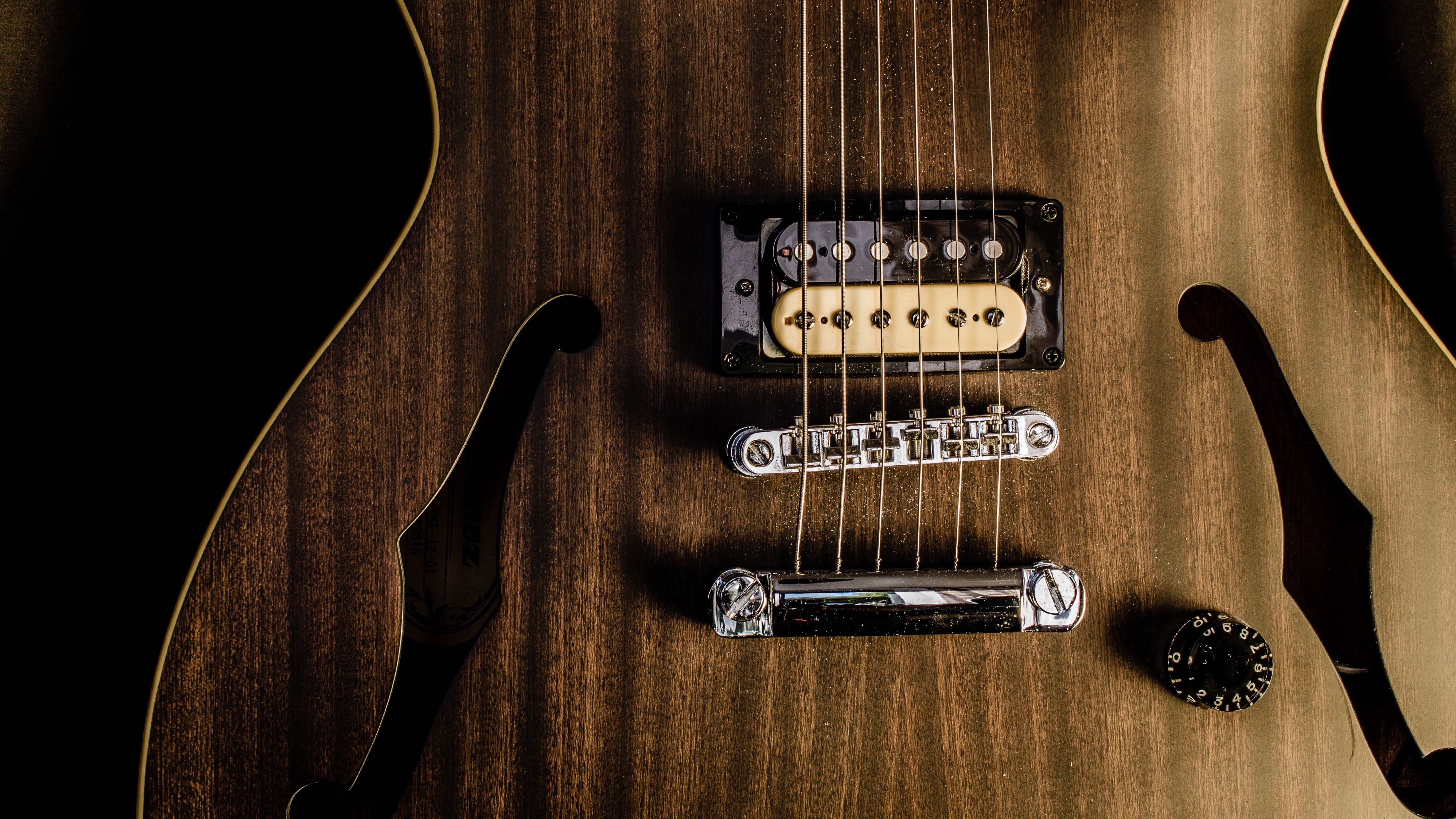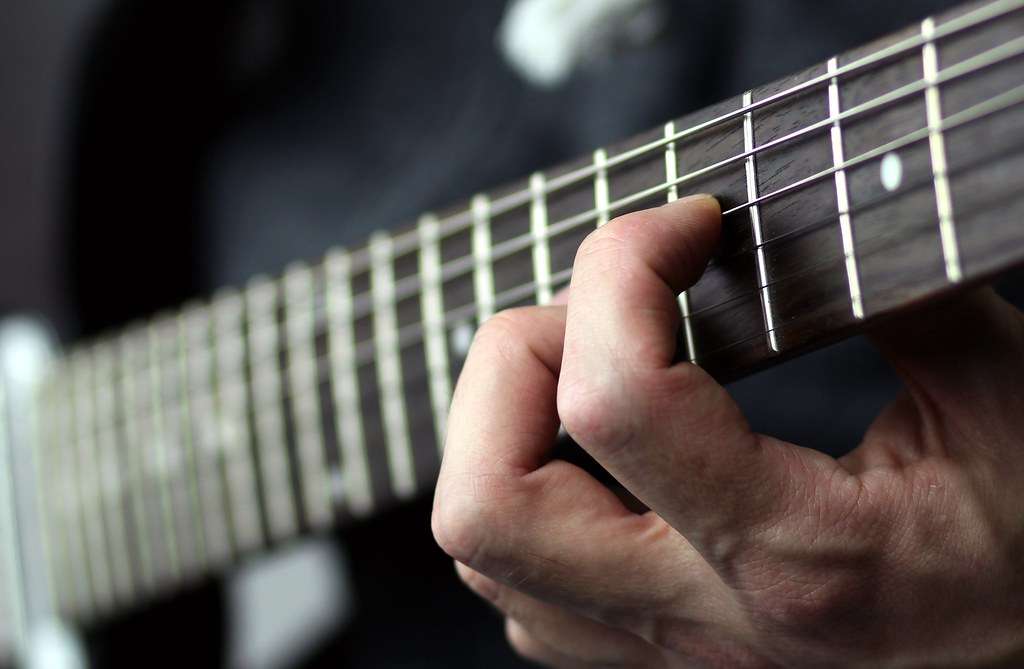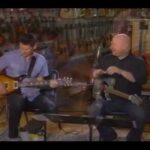Is playing Jazz on Guitar difficult?
Jazz can be challenging to play on guitar due to its complex harmonies and improvisational nature. The genre often requires advanced knowledge of music theory, as well as technical proficiency on the instrument. However, with dedicated practice and study, it is possible to become proficient in playing jazz on guitar.
Why Jazz guitar is different to other playing styles?
Playing jazz on guitar is a whole different ball game. It’s not just about strumming chords, it’s about feeling the rhythm and improvising on the spot. To start off, learn the basic jazz chords like seventh and ninth chords. But don’t stop there, experiment with different voicings and inversions to add some spice to your playing. When it comes to soloing, don’t be afraid to take risks and try out new licks. Jazz is all about expressing yourself and taking the music in unexpected directions. So, let loose and have fun with it! In my opinion, jazz guitar is one of the coolest things you can do with six strings.
Choosing to best guitar for playing Jazz
When it comes to choosing a guitar for playing jazz, there are a few key factors to consider. Firstly, the guitar should have a hollow or semi-hollow body, as this produces a warmer and more resonant sound. Additionally, a shorter scale length and lower string action can make it easier to play complex chord progressions and speedy solos. Finally, consider the pickups – single coil pickups are often preferred for their clarity and articulation. Overall, the best guitar for playing jazz is one that produces a warm, resonant sound, is easy to play, and has pickups that can accurately capture the nuances of the genre.
Who are considered the Greatest Jazz guitar players
When it comes to the greatest jazz guitar players in history, there are a few names that immediately come to mind. One of the most influential figures in the genre was Django Reinhardt, whose innovative style and virtuosic playing helped to define the sound of jazz guitar in the early 20th century. Other notable players include Wes Montgomery, who was known for his smooth, melodic lines and use of octaves, and Charlie Christian, who helped to popularize the electric guitar in jazz. Other influential players include Joe Pass, Pat Metheny, and George Benson, all of whom have left a lasting impact on the world of jazz guitar.
The most influential Jazz guitar albums
If you’re looking to dive into the world of Jazz guitar, there are a few albums that are considered to be the most influential. First up is “The Incredible Jazz Guitar of Wes Montgomery” which features Montgomery’s unique and innovative approach to the guitar. Another must-listen is “Smokin’ at the Half Note” by Wes Montgomery and the Wynton Kelly Trio, which showcases Montgomery’s incredible improvisational skills. “The Inner Mounting Flame” by John McLaughlin and the Mahavishnu Orchestra is also a game-changer, incorporating elements of rock and Indian classical music. Finally, “Kind of Blue” by Miles Davis may not be a guitar album, but it features the legendary playing of John Coltrane and Bill Evans, both of whom had a significant impact on the Jazz guitar world.
The best books on Jazz Guitar
If you’re looking to improve your Jazz guitar skills, there are a few books that I highly recommend. One of my favorites is “Jazz Guitar: The Ultimate Guide” by Joseph Alexander. It covers everything from basic chord progressions to more advanced techniques like soloing and improvisation. Another great option is “The Advancing Guitarist” by Mick Goodrick. This book is packed with exercises and tips to help you develop your skills and become a better Jazz guitarist. Finally, “Jazz Guitar Standards: Chord Melody Solos” by Jeff Arnold is a fantastic resource for learning how to play classic Jazz standards. It includes detailed arrangements and chord diagrams for each song.
The most common chords used in Jazz
Jazz music relies heavily on chord progressions to create its unique sound. The most commonly used chords in Jazz include major and minor seventh chords, dominant seventh chords, and diminished chords. Major seventh chords provide a smooth and dreamy sound, while minor seventh chords create a more melancholic and introspective feel. Dominant seventh chords provide a sense of tension and resolution, and diminished chords add a sense of dissonance and unpredictability. These chords are often used in complex progressions that create the intricate and dynamic sound of Jazz music.
Playing Jazz licks on guitar
Playing Jazz licks requires a good understanding of the genre’s unique rhythms and chord progressions. Start by listening to recordings of Jazz musicians and studying their techniques. Practice scales and arpeggios to build finger dexterity and learn the notes of the chords. Experiment with different phrasing and rhythms to create your own unique licks. Always listen to and play with other musicians to improve your timing and improvisation skills. With dedication and practice, you can master the art of playing Jazz licks. Here is an example of a Jazz lick by guitarist Paul Wildman playing “Take 5”










